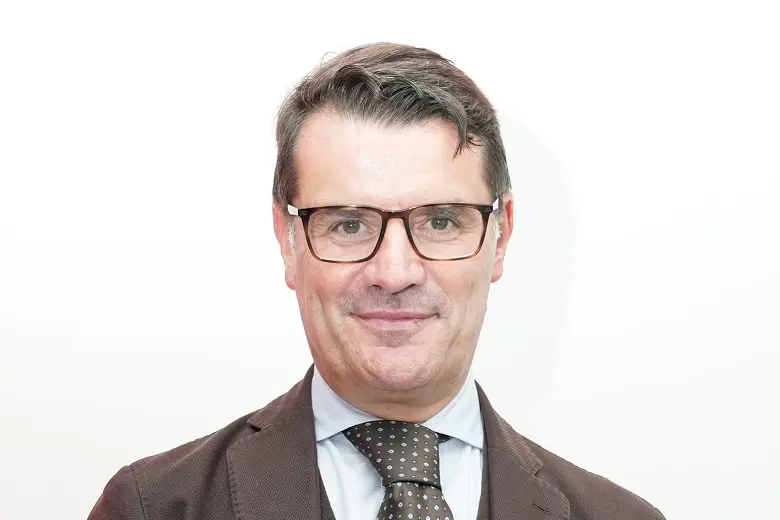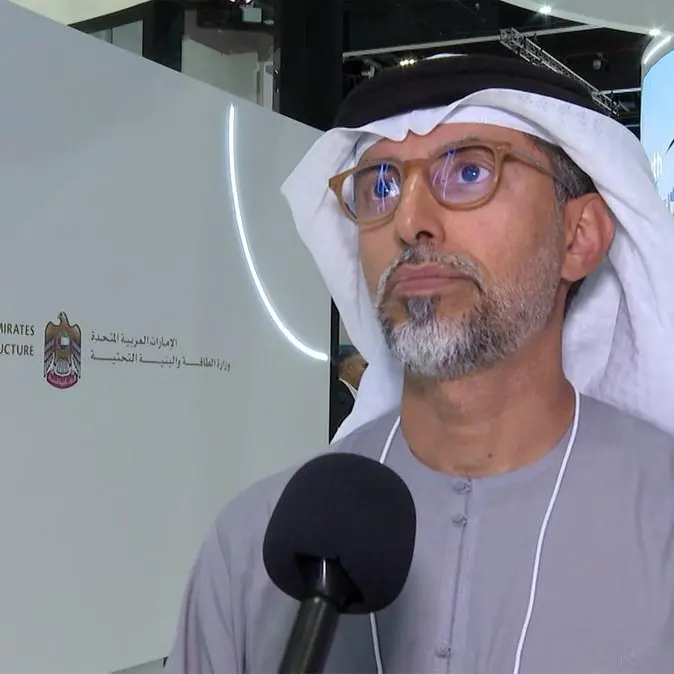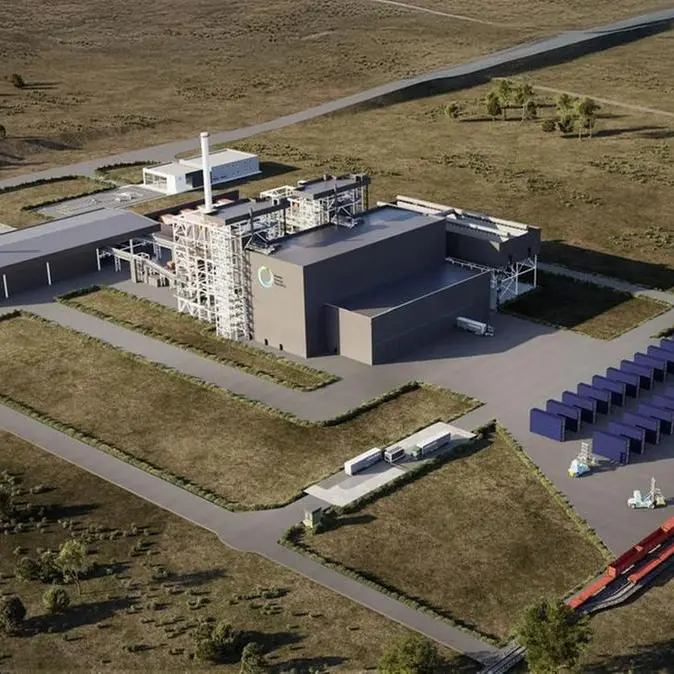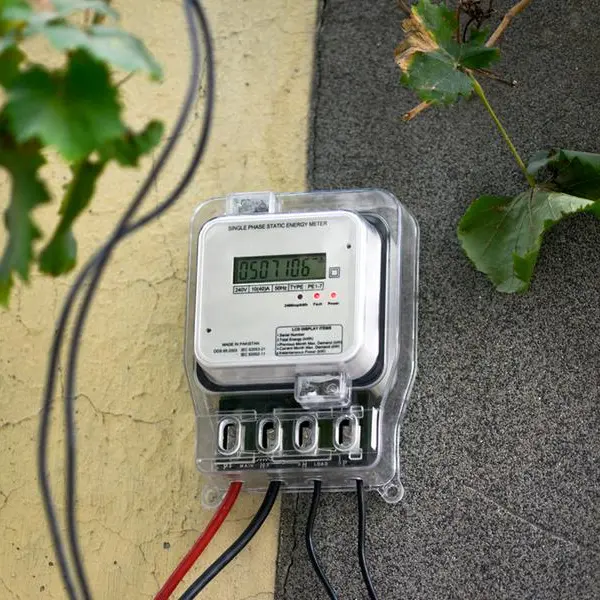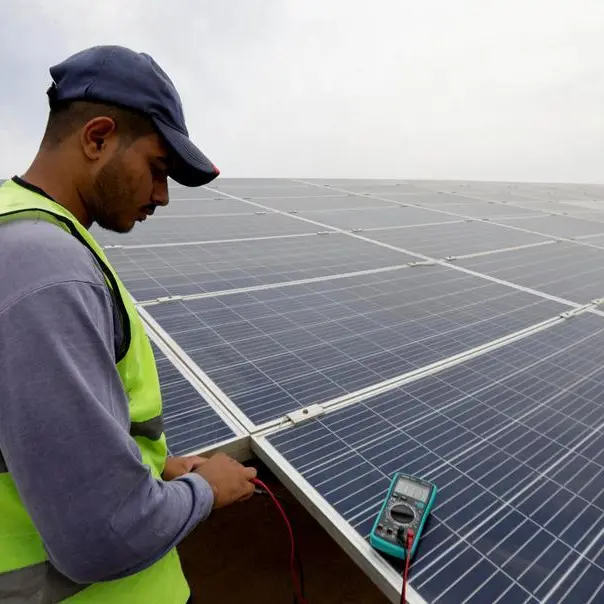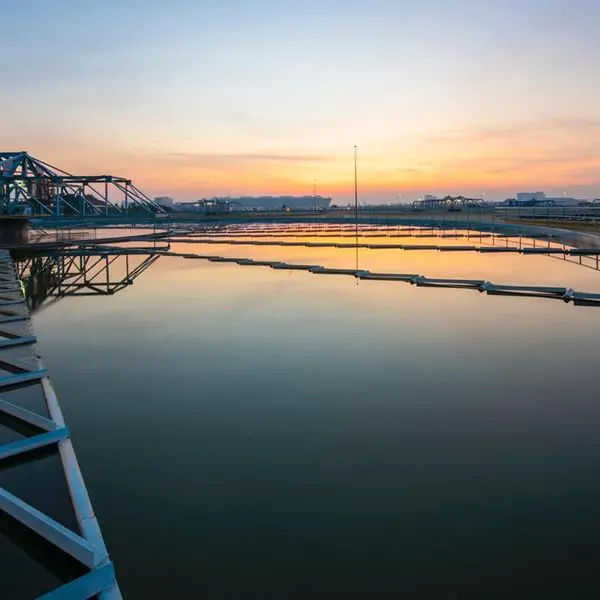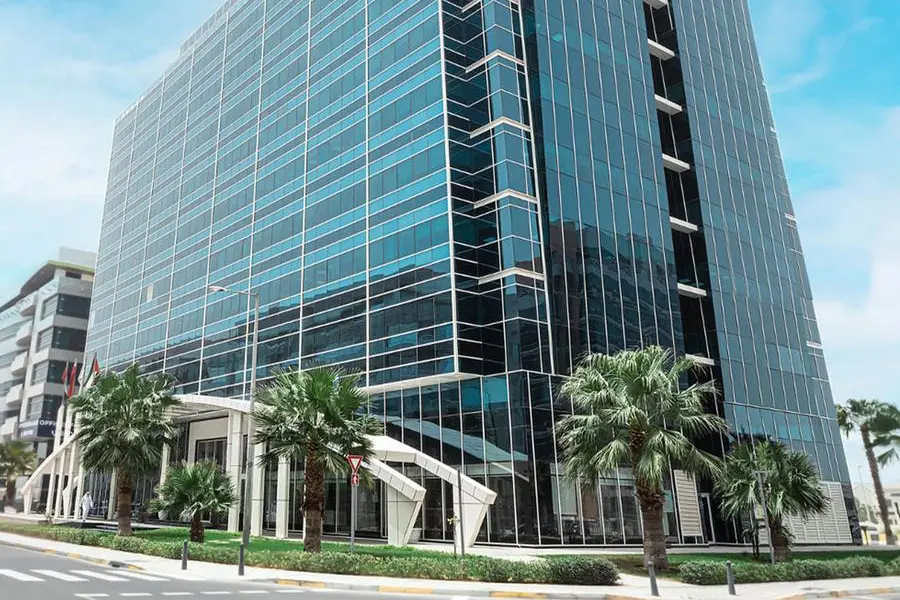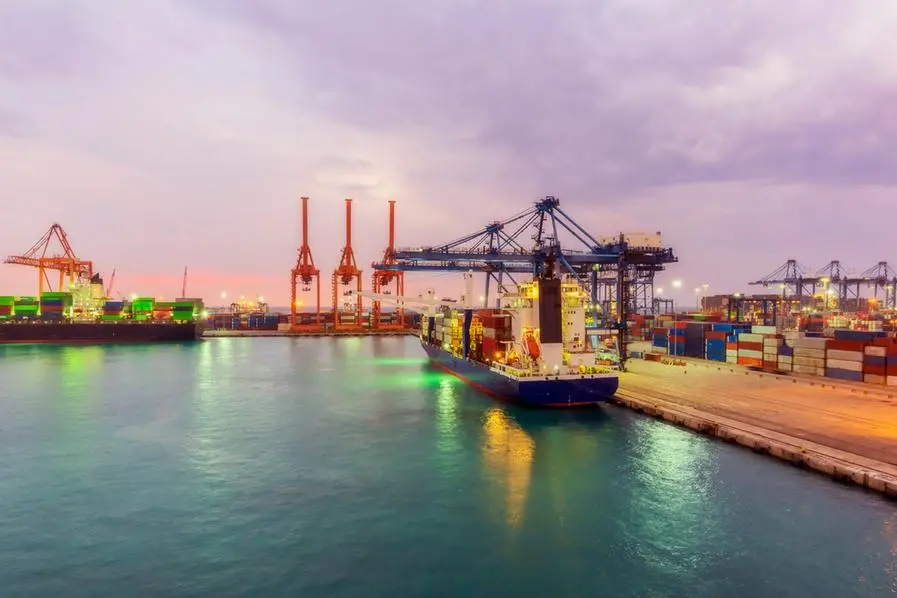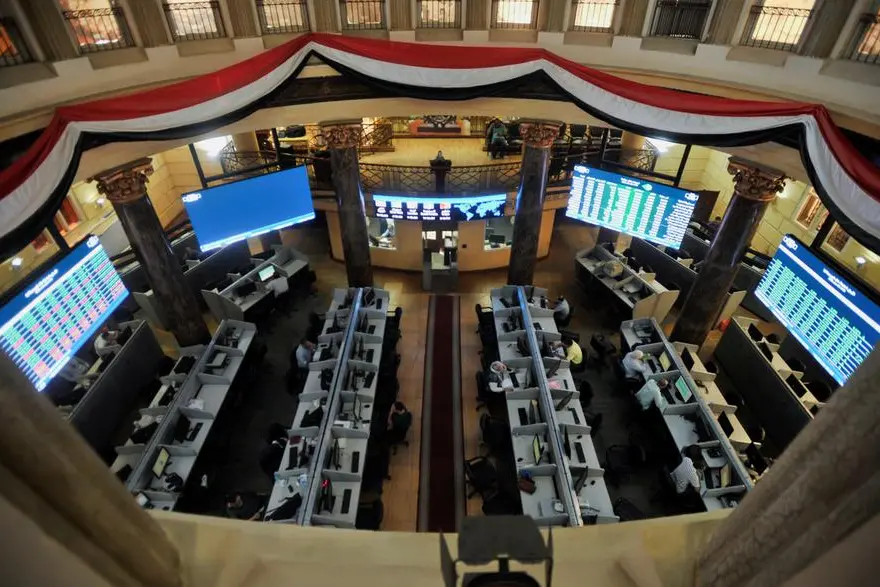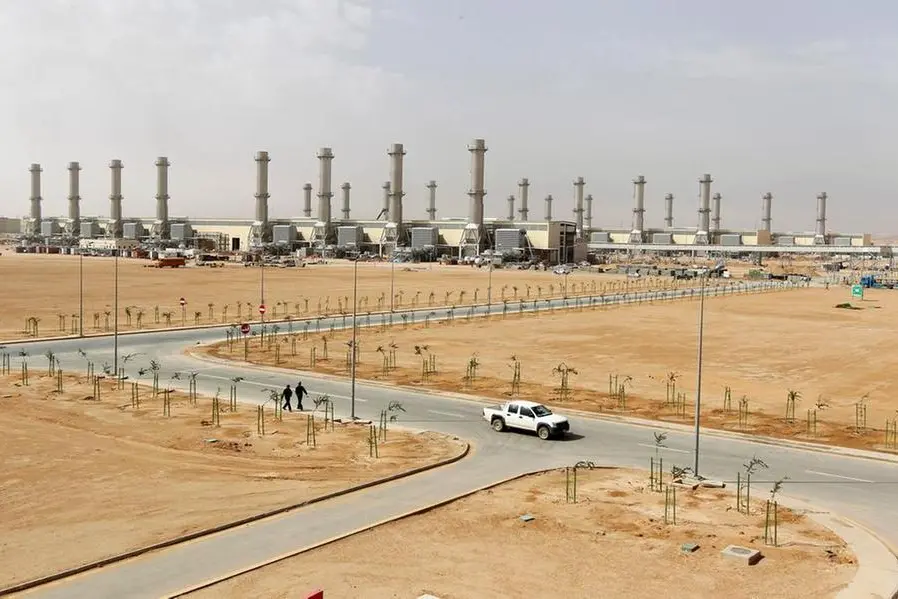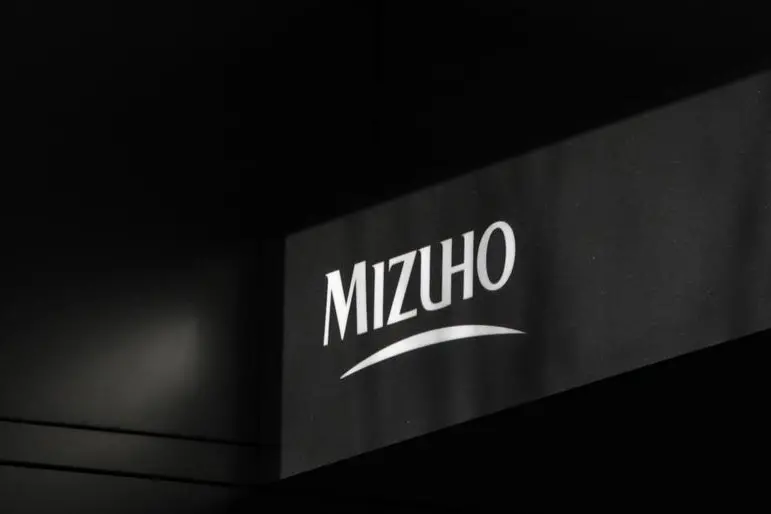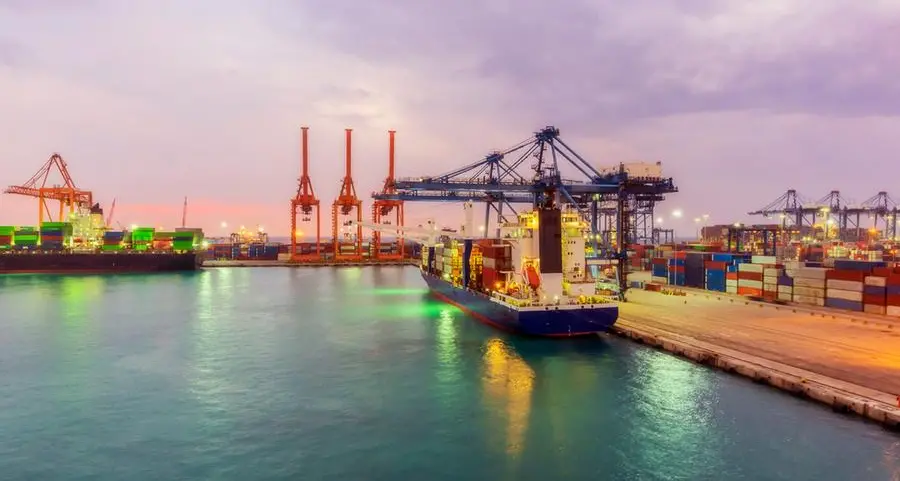PHOTO
The inevitable shift from fossil fuel-based energy to electricity-based energy is challenging the resilience and interconnectedness of energy grids, according to Bruno Melles, Managing Director of the Transformers Business Unit, Hitachi Energy.
To address this challenge, he emphasised the importance of collaboration with utilities and non-utility customers involved in renewables.
“This collaboration will enhance their resilience while boosting investments to make the grid more reliable and sustainable and give better service to the users,” Melles said in an interview with Zawya Projects.
He also dwelled on the role on digitalisation in grid management, and how the integration digital capabilities into transformers are enabling seamless asset management.
Melles also discussed sustainability principles applied to transformers, including the use alternative gases and insulating oils, reducing the carbon impact of raw materials and achieving full circularity for transformers through recycling at the end of their operational life.
“Sustainability is the most significant factor pushing technical boundaries. The second major driver is interconnections and connecting renewables, he said.
He held forth on the impact of circular economy regulations on transformers, expecting increased sensitivity to the materials used in transformers and potential regulations related to PFAS.
Excerpts from the interview:
Electrification and renewable energy are two key trends driving the global energy transition. What are the major impacts of this trend on the electrical grid in general and transformers in particular?
What is happening in the region is not much different than what is happening globally. Companies, utilities, and investors are making substantial investments in renewable energy.
They are also investing in other elements connected to renewable energy, like e-mobility.
For the utility, the challenge is to integrate these developments effectively. The shift from predominantly fossil fuel-based energy to electricity-based energy is inevitable and will test the resilience and interconnectedness of grids.
We believe it is very important to work not only with utilities but also with non-utility customers who are engaged in the renewables sector. This collaboration will enhance their resilience while boosting investments to make the grid more reliable and sustainable and give better service to the users.
Could you elaborate on reliability in relation to the grid?
There are many elements connected to reliability. First and foremost, it is important to recognize that digitalization will be an integral part of the grid moving forward. However, digitalization encompasses various aspects. One aspect is supporting the customer in managing their energy flows and sales; the other is managing their assets. Whether it's the transformers, high-voltage equipment, or the network, Hitachi Energy plays a fundamental role by providing products and systems, services, and enterprise software to help the customer manage their assets and facets connected to the energy trade.
How have transformers evolved as a product? How has digitalisation impacted the transformer lifecycle?
The transformer is a very traditional part of our customer portfolio. However, it is becoming even more critical, not only because of customer expectations with regard to reliability in transformer production, design and installation but also managing transformers as an asset.
In the past, utilities often operated transformers until they failed. However, they are no longer willing to take that risk today, and this is where I see a significant opportunity.
Most large transformers we produce, and sell are now equipped with digital capabilities. They feature sensing technology that enables customers to integrate them seamlessly into asset management software or enterprise systems.
We are still in the early phase, but it is more about making available features that, going forward, will become very relevant for customers because there is nothing more urgent than fixing a failing or inefficient transformer.
How are sustainability principles being applied to transformers?
At Hitachi Energy, regarding sustainability, the first fundamental step is ensuring all our factories are carbon neutral. Therefore, we aim to power our processes with renewable energy sources across all our facilities.
The second step is connected to how we design and the type of design we have in our products. For instance, we put a lot of emphasis on alternative gases and insulating oils.
We are actively engaged with our supply and value chains to reduce the carbon impact of our steel and copper raw materials.
It is important that the copper, steel, oil, and gas that we source for our high voltage and transformer portfolio satisfy recycling and circularity mandates.
In addition to environmental sustainability, we are committed to driving aspects like gender diversity. These elements are integrated into our ESG (Environmental, Social, and Governance) targets and are core to our company values.
I am very proud of our first full-fledged sustainability report, which gives an overview of all the aspects connected to our sustainability approach and strategy.
Equally relevant is how we can reduce the carbon footprint of our customers.
Could you elaborate on the recyclability and circularity aspects of your product portfolio?
For example, we are working with our customers to achieve full circularity of the transformer so that it is recycled when it reaches the end of its operational life. We are working with carbon steel producers so that the scrap we generate will be reused by the same supplier. On the other hand, we are also working with steel manufacturers to convert blast furnaces to arc furnaces because the full circularity of the raw material coupled with renewable energy to feed the furnaces brings them very close to producing 'green' steel.
How will circular economy regulations that are under discussion in many jurisdictions impact transformers?
I believe that all major regions will be very, very sensitive about which material we use in our transformers and other products. I expect more regulations to come, particularly on SF6 gas and how to control and monitor other materials that can have side effects like PFAS [Per- and Polyfluoroalkyl Substances] that pose risks to the environment and human health.
There could be a major pushback on alternative options to SF6 gas. [Some of the substitutes for SF6 belong to the PFAS group]. I also believe that customers will increasingly demand that our value chain is sustainable and compliant with regulations.
In what areas is Hitachi Energy actively pushing the boundaries?
We are constantly collaborating with our customers to push the boundaries. For example, when we talk about ultra-high voltage interconnections today, the level of complexity is increasing due to the higher energy distribution demands, so we are always trying to innovate in this area.
Ultra-high voltage AC transmission with voltages of 1,100 kV is challenging the boundaries of bushings in terms of increasing sizes. We are also moving towards dry bushing, where we bring in a sustainability element by reducing the oil consumption in the bushing. We also expect an increase in the use of mineral oil in large transformers.
Even on the distribution side, boundaries are being pushed. For significant applications like data centres or semiconductor wafer fabs, the questions asked include: can we do more in the same direct dimension? Can we do higher voltages to improve the amount of energy transmitted? Can we do all these with a lower carbon footprint?
Sustainability is the most significant factor pushing technical boundaries. The second major driver is interconnections and connecting renewables because customers, investors and partners have the fundamental need to transfer the highest amount of energy in a smaller space with smaller investments.
What are the developments in terms of reducing energy losses?
Reducing energy loss is a rolling challenge. We are doing everything we can to improve the efficiency of the winding core and cooling system. There are developments on the safety side as well. We are selling more transformers with blast-resistant tanks because customers are putting safety at the forefront.
Hitachi Energy is part of several projects that involve high-voltage electricity transmission from offshore to onshore and vice versa. Could you highlight recent developments in subsea transformers?
The subsea transformer is an area where I've been involved for the past ten years. The segment has evolved mainly on the distribution side, but I am optimistic about subsea substations on the transmission side. The challenge lies in the design of the equipment, in particular the high voltage and the transformer parts. But the frontier is expanding. There are a lot of discussions on using traditional transformer technology combined with power electronics.
(Reporting by Anoop Menon; Editing by Bhaskar Raj)
Subscribe to our Projects' PULSE newsletter that brings you trustworthy news, updates and insights on project activities, developments, and partnerships across sectors in the Middle East and Africa.
